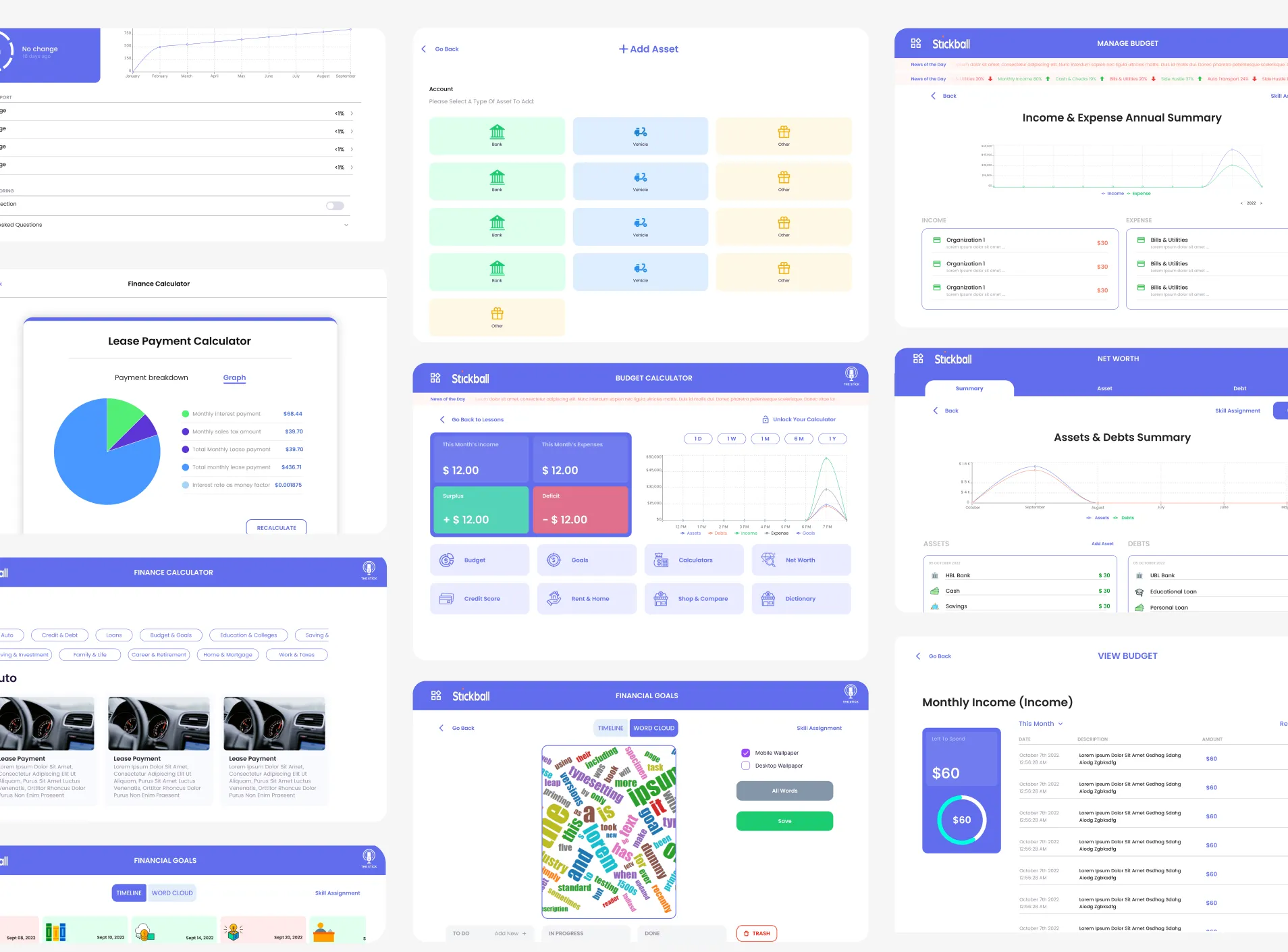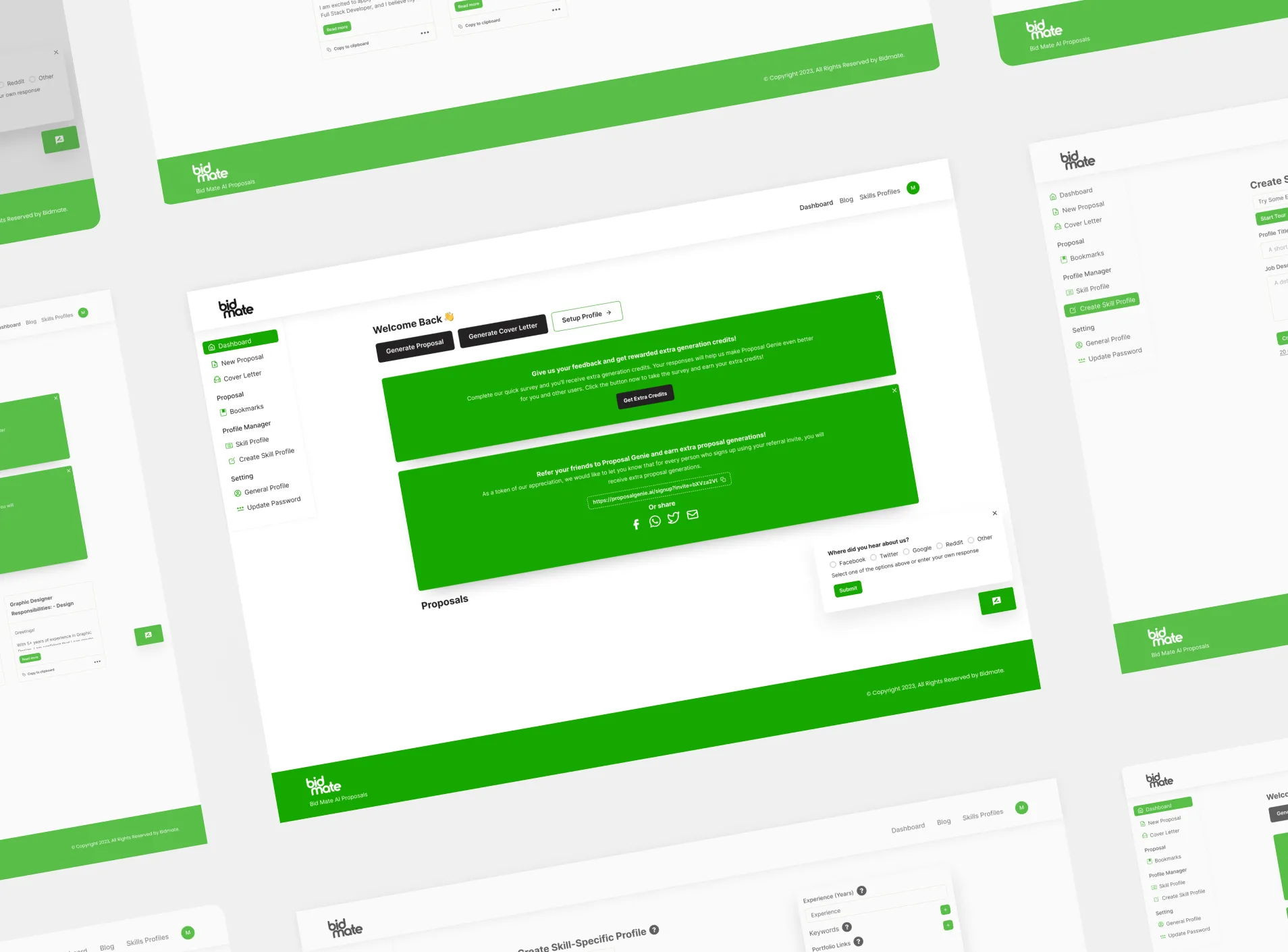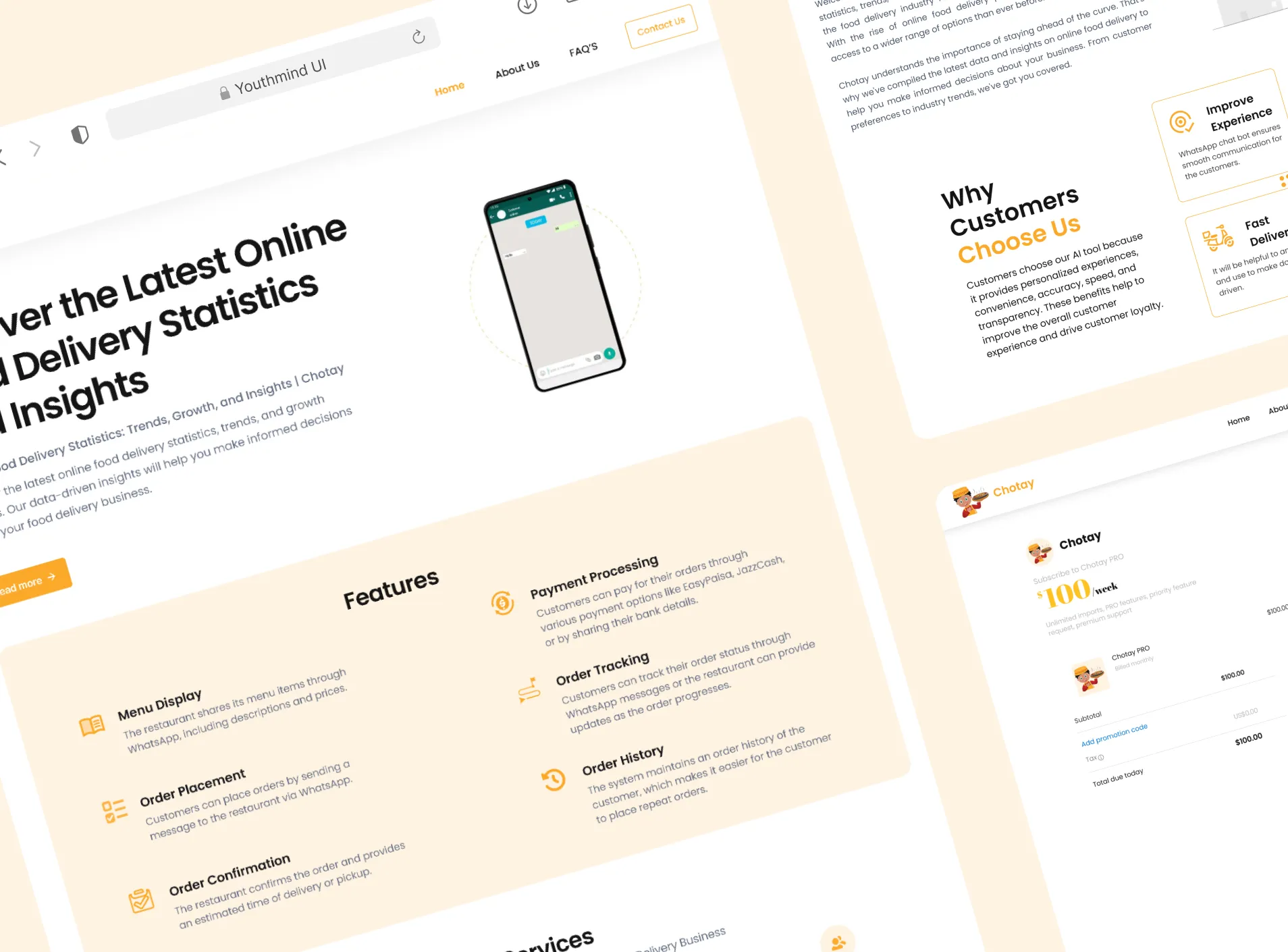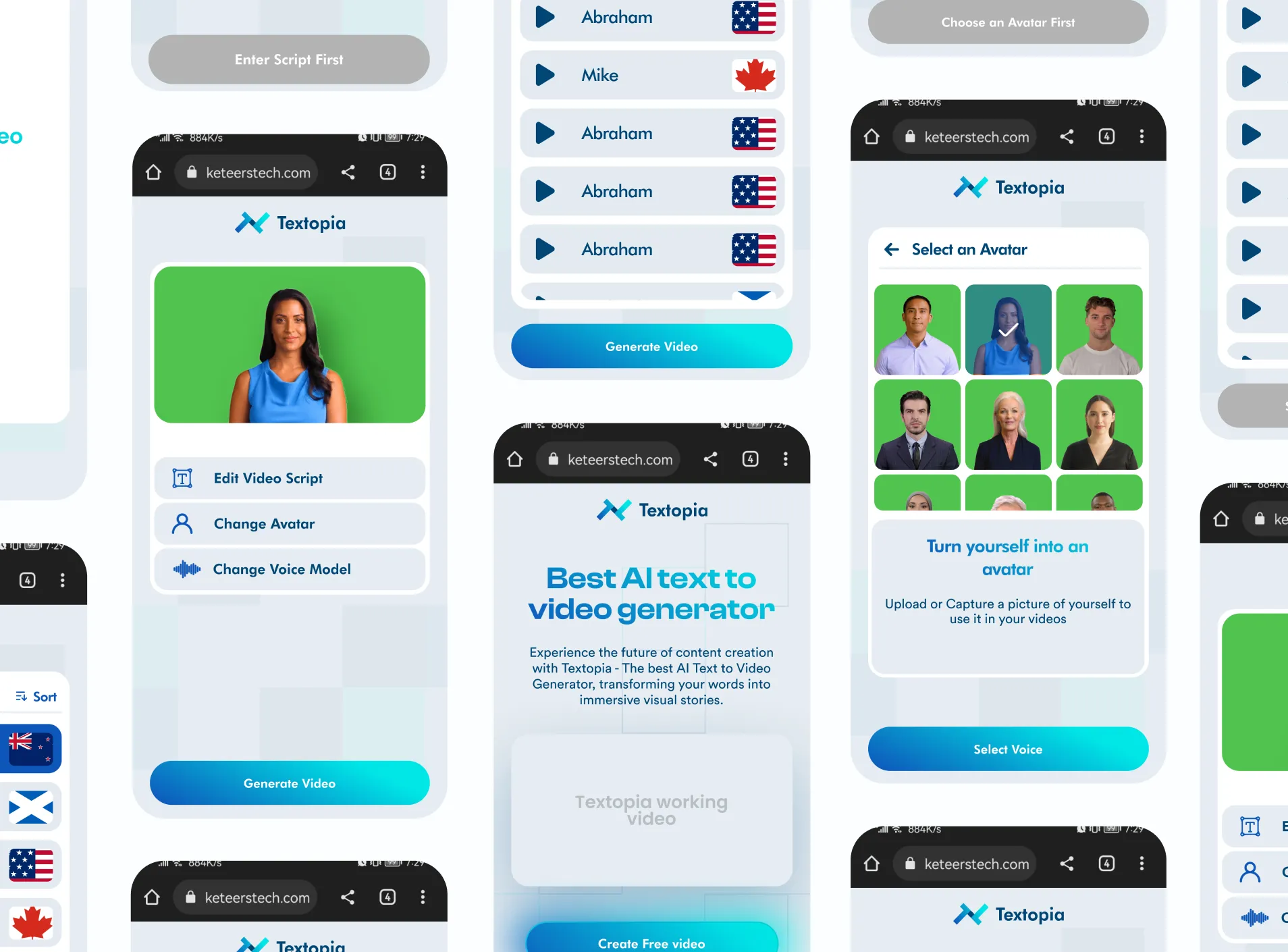- 08 Jul, 2025
- AI
- Technology
- By Musketeers Tech
How to train ChatGPT: Insights and Techniques
The realm of natural language processing (NLP) has been revolutionized by Generative Pre-trained Transformer (GPT) models, particularly in their applications in language generation, text classification, and translation. This comprehensive guide dives into the intricate process of training a GPT model, emphasizing data preprocessing, hyperparameter adjustments, and the crucial steps of fine-tuning. We’ll also explore best practices to ensure your ChatGPT model training is as effective as possible.
Understanding GPT Models
At its core, a GPT model is an advanced artificial neural network built on a transformer architecture, designed to generate text that closely mimics human speech. Thanks to extensive training on diverse textual material, GPT models are adept at creating contextually relevant and coherent content. Their efficiency in generating realistic text has made them invaluable in various applications, from chatbots to content generation and language modeling. The parallel processing capability of these models enables them to handle sequences of words more accurately, contributing to their growing popularity in different sectors like marketing, healthcare, and education.
The Training Journey of GPT Models
Training a GPT model involves feeding it substantial text data to help it learn patterns and relationships within the language. This is achieved through deep learning algorithms that enable the model to understand and generate human-like language. Effective training is crucial for NLP models, improving their accuracy and efficiency in tasks like translation and question-answering.
The Importance of Training GPT Models
Why train GPT models? The answer lies in their ability to discern intricate patterns in large volumes of text data. This capacity allows them to perform a range of tasks such as text generation, summarization, and language translation. The flexibility of GPT models means they can be tailored to specific tasks, enhancing their applicability across various fields.
Steps in Training GPT Models
- Data Gathering: The foundation of GPT model training is a robust collection of text data from diverse sources like books, websites, and journals. The more varied the data, the better the model’s performance in language generation.
- Data Cleaning and Pre-processing: Once collected, this data needs thorough cleaning and preprocessing. This step involves removing irrelevant elements and breaking down the data into manageable segments for easier processing.
- Model Architecture: GPT models use the Transformer architecture, comprising encoder and decoder layers. The complexity of the model’s architecture can vary depending on the task.
- Pre-training: Essential to GPT model training is the pre-training phase, where the model learns to predict the next word in a sentence. This involves removing a word from a sequence and training the model to identify the missing word.
- Fine-tuning: After pre-training, the model undergoes fine-tuning for specific tasks like text classification or translation. This involves adjusting the model’s parameters to improve task-specific performance.
- Evaluation: Post fine-tuning, the model’s performance is assessed using separate datasets and metrics like accuracy or perplexity.
- Deployment: The final step is deploying the trained model in real-world applications where it can generate natural language text.
Best Practices for Successful GPT Model Training
- Utilize a Diverse Dataset: The richness and diversity of your dataset play a pivotal role in the model’s performance.
- Meticulous Preprocessing: Effective preprocessing, including cleaning and tokenizing, is crucial for optimal model training.
- Appropriate Model Architecture: Selecting the right model architecture is key to achieving desired outcomes.
- Task-specific Fine-tuning: Fine-tune your model for its intended application to enhance its efficacy.
- Innovative Techniques: Employ various techniques like data augmentation and transfer learning for improved results.
Conclusion
Training a GPT model is a blend of machine learning expertise and computational resources. With the growing accessibility of pre-trained models and cloud computing, entering the field of GPT model training has become more feasible. As these models continue to evolve, they present exciting prospects for research and development, with expanding applications in various domains. Ready to take it to the next level? Musketeers Tech is here to transform these strategies into real-world results.
















.BqrL9sgF_Zlwfra.webp)